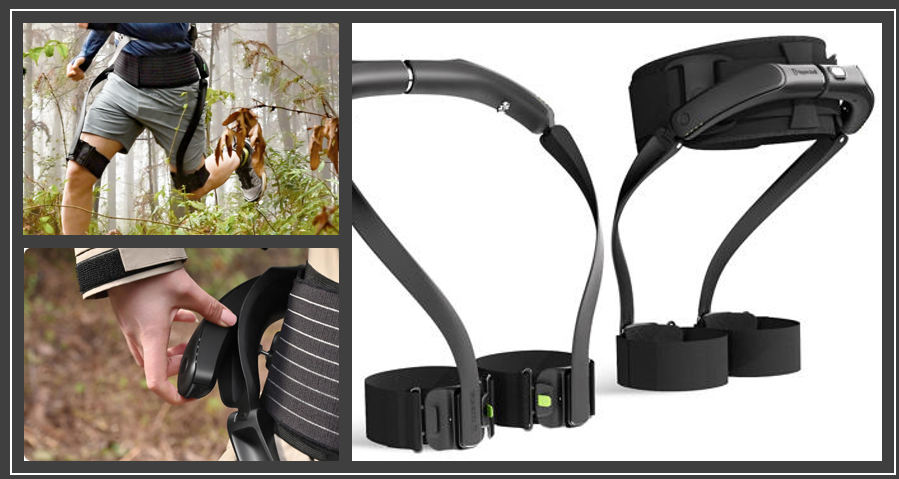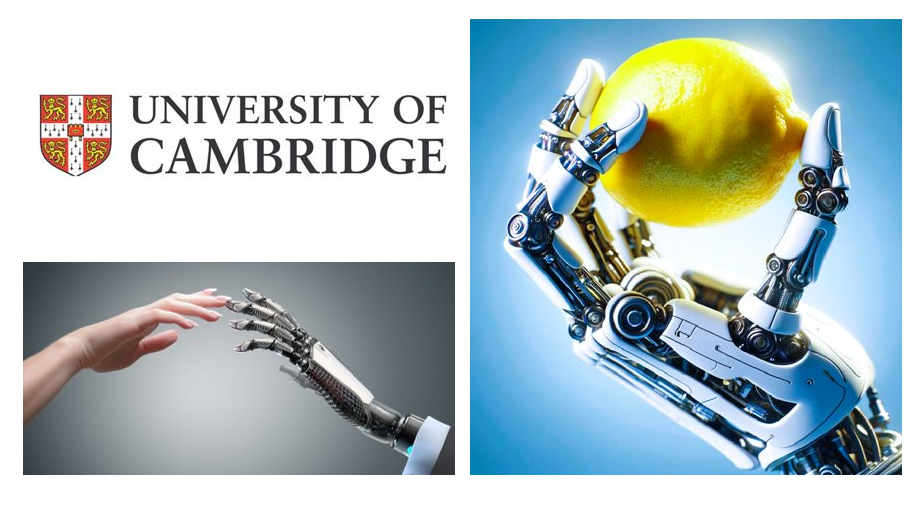January 2024 Mechanical Engineering Blog
Looking for Mechanical Engineering Consulting? Check out our Team. Click here.
January 19, 2024
Cyborg-Like Exoskeleton Unveiled at CES 2024
Cyborg-Like Exoskeleton Unveiled at CES 2024
Robotics startup Hypershell recently unveiled their cyborg like AI-assisted exoskeleton at CES 2024. They are calling their device “ProX exoskeleton”. Apparently, the device functions as a sort of e-assist for the lower body. It utilizes an AI assisted apparatus that attaches to the legs and powers movements using a one horsepower motor. Hypershell says its device was designed for outdoor adventures and runners, and its main function is to help users run faster and trek further with the help of the device’s AI-based motion engine, which can adapt to individual body types and movements. the ProX can cruise at speeds of up to 12.4 mph at maximum. Furthermore, it can also be used for assistance while biking or climbing. Learn more about this topic here.
January 31, 2024
Researchers are Finally Able to Emulate Human-Like Fingertip Sensitivity in Robots
Researchers are Finally Able to Emulate Human-Like Fingertip Sensitivity in Robots
Researchers were finally able to emulate human-like fingertip sensitivity in robots in a groundbreaking development that could have implications in fields such as robotics and prosthetics. The technology created by scientists from the University of Cambridge consists of an innovative combination of sensor technology and artificial intelligence (AI). The system can read braille text at a pace that rivals human capabilities. The researchers recognized the importance of being able to mimic human fingertip sensitivity. The ability to discern even the slightest details through touch such as different textures on surfaces or subtle contours on objects is a remarkable ability and this motivated the researchers to find a way to emulate these tactile sensitivities. The researchers achieved their goal by combining state of the art sensor technology and innovative AI algorithms. The resulting technology consisted of a fingertip sensor outfitted with a high-resolution camera. The device was able to traverse braille text with excellent precision. Yet there was a problem with motion that occurred during the sliding motion performed by the device. This is where AI came in. The team devised a cutting-edge machine-learning algorithm specifically designed to unblur images, which significantly enhanced the sensor’s ability to decern and categorize braille characters in real –time. Learn more here.
© Copyright BHC Associates, Inc., 2020 - 2023. All rights reserved.


